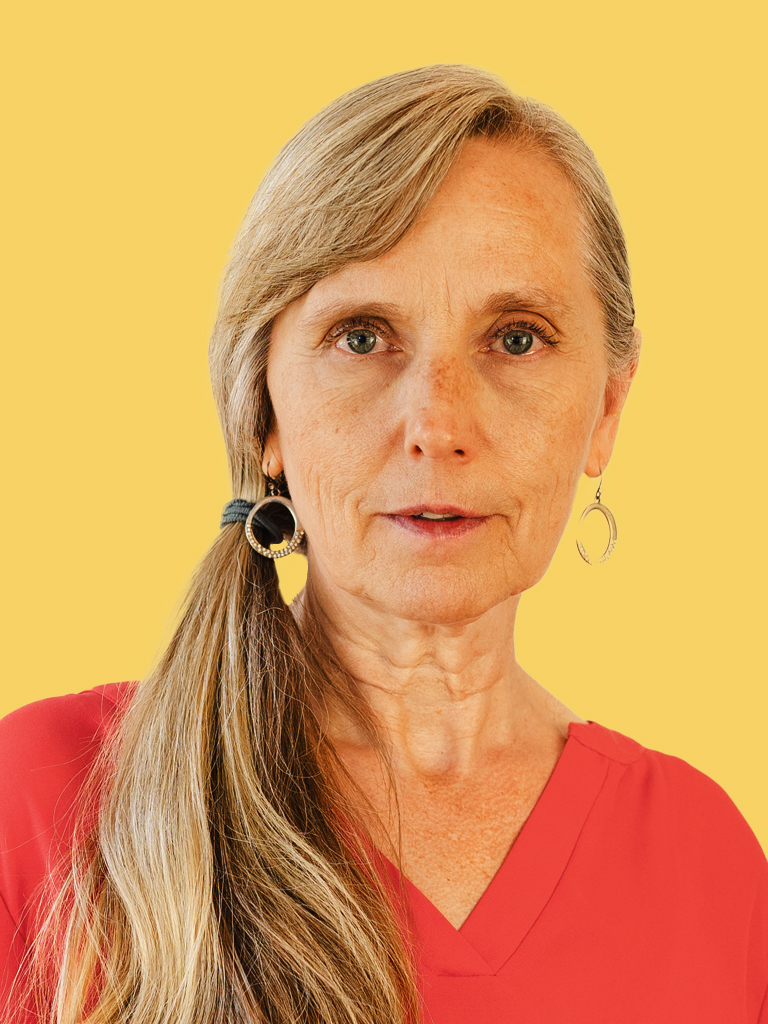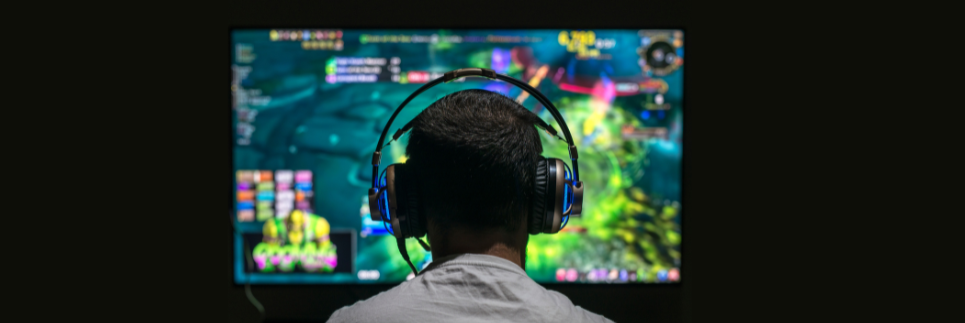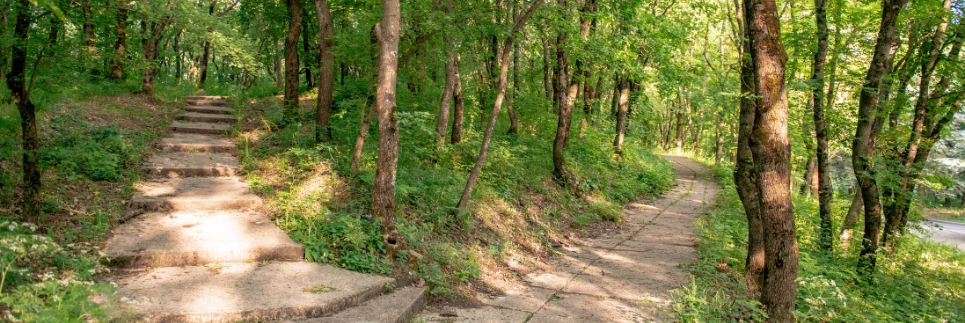“Why do I have to take career education? It’s a waste of time!”
I gritted my teeth as these words flowed from the lips of my sweet granddaughter who was staying with me for the weekend. She and I were finishing supper, just chatting about school and her busy life. She was excited to be going into grade 10, and I asked if she would be taking Career-Life Education. That’s when she, rather too quickly, asked the “waste of time” question.
You see, I was in the process of finishing up the Career-Life Education course for StudyForge, and I was thrilled with the way it was shaping up. I had spent the previous 12 years in career education research and curriculum development, so having my granddaughter question the value of career education was a bit of a slap in the face.
I took a deep breath and gently asked her what she wanted to do after high school. She quickly gave me an answer: become a doctor. I knew what her answer would be, as she’s had the same goal since she was seven. She is one of those kids who knows what she wants!
Then, I started asking her follow-up questions: “What post-secondary programs will help you achieve that goal? Which post-secondary schools offer those programs? What courses do you need to take in high school to prepare? How much will it cost you to get a medical degree? How will you pay for it? Do you know what it would actually be like to work as a doctor? Are there jobs for doctors in the region where you would like to live?”
This time, she looked at me with a blank expression, her confidence had wavered.
“Well, no…” was her quiet response.
“That, my darling granddaughter, is why you need to take career education.” I also told her how fortunate she was to be living in BC, because this is one of the few jurisdictions in Canada where high school students get dedicated class time to answer these important questions.
We then went on to have a deeper conversation about the questions I had proposed, and I helped ease her concerns by discussing some of her options. We even pulled out my computer and started researching post-secondary programs. A year later, she is finishing grade 10, and we talk often about her career aspirations and the steps she needs to take to achieve her goal of becoming a doctor. While her school does offer career education, they do it in a sporadic way that does not necessarily give students the sustained time they need to plan deeply. Thus, the need for “Nana” to step in and supplement what is being done at school.
Preparing students for their preferred future
 As students enter grade 10, their minds naturally turn to what lies beyond the high-school threshold. While my granddaughter is determined about what she would like to do after high school, for many students, there is often a great deal of angst, especially when they are supposed to make important decisions early on in grade 10 to support their transition. Unfortunately, many students are ill-prepared to move on from high school, which can have serious, negative impacts for them, their families, and society.
As students enter grade 10, their minds naturally turn to what lies beyond the high-school threshold. While my granddaughter is determined about what she would like to do after high school, for many students, there is often a great deal of angst, especially when they are supposed to make important decisions early on in grade 10 to support their transition. Unfortunately, many students are ill-prepared to move on from high school, which can have serious, negative impacts for them, their families, and society.
For instance, from an economic perspective, the longer it takes for young people to find their place in the world, the greater the impact on their own resources, their families’ resources, as well as on the broader economy.1 Even more importantly, a young person’s health and wellness can be negatively affected if they spend several years after high school trying to figure out what to do with their lives. Helping students prepare for a smooth transition from high school is an important step in the educational process.
How do education stakeholders ensure that students have the necessary skills to graduate well and have some direction as to where they are going after high school?
The Value of Career Education
Convincing my granddaughter that career education has great value was rather easy, because we have a good relationship and she trusts me. However, in my experience as a teacher, researcher, and curriculum manager, convincing others about the value of career education has not been as easy. My passion for career education first grew out of my experience as a classroom teacher and school counsellor, as I watched many students struggle to prepare for their transition from high school to whatever was next. My appreciation expanded when I spent three years teaching Planning 10 and began to understand what career education actually involved. Then, I dove deeply into the topic when I worked as a Curriculum Manager for the Ministry of Education in Alberta and was tasked with researching career education to help create a framework for the new curriculum that was being built there. What I discovered in my research both surprised and frustrated me.
Research suggests that having designated, quality career education woven throughout a child’s educational journey is the best way to prepare students for smoother transitions, not only within K-12 and from high school, but also throughout their lives where they will face multiple, complex transitions.2 Providing purposeful and scaffolded career building opportunities during K-12 gives students time to explore their skills, abilities, and passions and offers them focused time to consider what post-secondary education and occupational pathways might match up with their values and goals. This sets a strong foundation that students can continue to build on as they plan their career pathways.
Consistent and purposeful career education benefits students on several levels. It can, for example,
- Lead to higher high school graduation rates and academic performance, as students feel more confident in making career choices3
- Expose students to novel educational and occupational opportunities that broadens their understanding of the dynamic world of work
- Give students confidence in managing their own lives, as they engage with career planning resources and learn more about how they can apply those to their own lives
- Save time and money with post‑secondary education and training, as students make early determinations about what might work best for them.
Therefore, career education across a student’s educational journey is hugely beneficial for students, for their families, for educational institutions, and for society. The surprise and frustration came when I realized that while many educational stakeholders agreed there was value in career education, they were often unwilling to take the necessary steps to ensure students were getting the best type of career education in their schooling. In fact, in Canada, most provinces and territories offer minimal career education to their students. British Columbia, however, is unique.
Career Education in BC
For students taking their schooling in British Columbia, there is good news! Career planning is an integral part of K-12 education.4 While other jurisdictions across Canada offer minimal career education, BC offers integrated career education in K-9 and designated credit hours for students to engage in career planning in grades 10-12. In fact, students cannot graduate in BC with a Dogwood Certificate until they have completed eight credits of career education.
This is accomplished through Career-Life Education (CLE) and Career-Life Connections (CLC), which students must complete over their high school years. To support students in their learning and allow for a level of personalization, there is built-in flexibility in the way these two courses can be presented. For example, one school could offer CLE in two, 2-credit courses over grades 10 and 11 and then offer CLC as a 4-credit course in grade 12. Another school may offer CLE as a 4-credit course in grade 10 and then offer CLC as two, 2-credit courses over grade 11 and 12. There are a myriad of ways these courses are offered and taught in schools across BC.
To further prepare students for a smooth transition, CLC also includes two unique and important components: career-life exploration and the capstone. The career-life exploration component requires students to complete 30 hours of work experience in real-world environments through “service learning, volunteerism, employment, fieldwork, entrepreneurship, and projects focused on an area of deep interest.”5 This key component also requires schools to follow district safety protocols and ministry guidelines for students engaging in this type of off campus learning, which means students are learning important workplace health and safety that they can carry with them into various settings.
Another key component of CLC is the capstone, which is intended to give students the opportunity to “demonstrate the knowledge, competencies, and passion(s) that they can offer the world, as they integrate personal interests, strengths, and new learning with preferred future possibilities.” There are many ways that students can complete the capstone, allowing for an individualized approach to showcase and celebrate their learning journeys. For example, a student who has a passion for cooking and is thinking about a career pathway in that occupational area could build their capstone around that plan. There are many creative ways a student could then build a capstone presentation around that goal, for instance, putting together a cookbook of favourite recipes to present as part of their showcasing project, or recording themselves preparing a favourite meal. The capstone is a practical application of student learning in which they must prepare a post-graduation plan, which also includes mapping out education and training options and drafting a budget. A student’s plan, even if they do not follow it exactly, can set them up for a purposeful transition from high school. It encourages students to think critically about their futures in a sensible way.
Unfortunately, in many high schools across BC, CLE and CLC are not given priority, are often attached to other courses where the intention is lost, or are taught by teachers who do not have the passion or knowledge in the subject area. I find it disconcerting when schools and teachers treat career courses as second-class, when — if taught well — they can have a greater impact on a student’s future than any other single course students take.
If schools provide well-designed and purposeful activities for students to engage in; if teachers thoughtfully and passionately work with students to inspire them to do their best; if parents participate in their children’s learning and encourage them to explore a range of career pathways; and, if students put the effort into learning about themselves and the broader world of career development, they can confidently walk out of high school with a viable, personalized plan to support them in their transition. This is what StudyForge has attempted to accomplish with its comprehensive and flexible Career Life Education and Career Life Connections courses. Additionally, students will have built foundational competencies in career development that will support them through the many transitions they will face in the ever-changing world they will live and work in.
Final Thoughts
 If quality career education opens young peoples’ eyes to who they are as individuals, helps them consider the myriad of career opportunities that are available to them, and builds their confidence in making important career-life decisions, how could it ever be viewed as “a waste of time.” I think every educational stakeholder would agree that school is about preparing students for life, and career education is an important piece of that preparation. As students engage in meaningful career education throughout K-12, they will be able to put together a personalized and meaningful post-graduation plan that can help them with that challenging transition from high school. That sounds pretty amazing to me, and that is why I have spent so much of my time and effort convincing others that quality career education is a student’s pathway to their preferred future.
If quality career education opens young peoples’ eyes to who they are as individuals, helps them consider the myriad of career opportunities that are available to them, and builds their confidence in making important career-life decisions, how could it ever be viewed as “a waste of time.” I think every educational stakeholder would agree that school is about preparing students for life, and career education is an important piece of that preparation. As students engage in meaningful career education throughout K-12, they will be able to put together a personalized and meaningful post-graduation plan that can help them with that challenging transition from high school. That sounds pretty amazing to me, and that is why I have spent so much of my time and effort convincing others that quality career education is a student’s pathway to their preferred future.
About the Author

Lana Nergaard, BEd., MEd.
Curriculum Manager- StudyForge
Footnotes:
- Canadian Career Development Foundation. (2015). Career education in Atlantic Canada: Research & recommendations; Final report. Halifax, NS: Council of Atlantic Ministers of Education and Training. Retrieved from http://www.gov.pe.ca/photos/original/eelc_CAMET3.pdf
- Stipanovic, N., Stringfield, S., & Witherell, E. (2017). The influence of a career pathways model and career counseling on students’ career and academic self-efficacy. Peabody Journal of Education, 92(2), 209–221.
- Sampson, J. P., Hooley, T., & Marriott, J., . (2011). Fostering college and career readiness: How career development activities in schools impact on graduation rates and students’ life success. Derby, UK: International Centre for Guidance Studies, University of Derby.
- Ministry of Education and Child Care. “Career Development Policy.” Province of British Columbia, 30 Mar. 2020, www2.gov.bc.ca/gov/content/education-training/k-12/administration/legislation-policy/public-schools/career-development.
- Ministry of Education and Child Care. “Career Education 10-12 Guide (Overview, Delivery Examples, and Capstone).” Province of British Columbia, October 2019. PDF, p. 7. https://curriculum.gov.bc.ca/sites/curriculum.gov.bc.ca/files/curriculum/career-education/en_career-education_10-12_career-education-guide.pdf





